
Massage Guns - Are they useful?

Osteitis Pubis - Runner’s Groin Pain
Osteitis Pubis refers to a non-infectious, inflammatory overuse syndrome affecting the symphysis pubis and surrounding soft tissues such as musculature and fascia, mainly in subjects participating in strenuous athletic activities. It can also occur in post-partum women or following certain lower abdominal surgeries.

Why are Women more likely to tear their ACLs?
It may surprise you to learn that around 25 – 30 players will have missed the 2023 Women’s World Cup because of an ACL injury, and of the 736 players who went to the tournament, around 25% will have ruptured at least one of their ACLs during their career.
Seems high, doesn’t it?

4 Things to Consider When Tackling a Triathlon/Ironman
Endurance sports has become increasingly popular over the past few years. This may have been helped by the flexible working in many sectors, meaning that millions of workers in the UK now have an extra few hours during the week to exercise. Participating in Triathlons or Ironman events require dedication to three separate disciplines: cycling, running, and swimming. The training can be grueling, requiring hours of training every week, including strength sessions, running and cycling sessions which can be quite long, and frequent trips to the pool.

Anterior Knee Pain
Running is an amazing way to maintain health, and improve cardiovascular function. You can do it anywhere, even on holiday or far away from built up areas that have gyms. you can have, but by all means do not need any fancy, expensive equipment to run. Comfortable clothing, paired some supportive shoes, and you’re set to run. However, with the increase of running in the UK, so has increased the prevalence of running-related anterior knee pain.

Top Tips to always feel stiff, unfit, and not be able to do the things you love!

Recurrent Hamstring Strains
When someone pulls a hamstring, it may often just be the first in a never-ending story of recurrent injuries for years to come. A pulled hamstring for a chess player will have a minimal effect on their life, but a pulled hamstring for anyone who runs can be significantly limiting, and a frustrating injury to recover from.

Sarcopenia - Ageing’s Effect on Muscle
Whether it is your late twenties, or your early forties, you will reach a point where you feel that you are getting weaker, year after year. This can happen even in active individuals, but is most common in people who don’t do regular, structured exercise. The term sarcopenia, describes the process of the decrease in muscle mass, attributed to ageing.
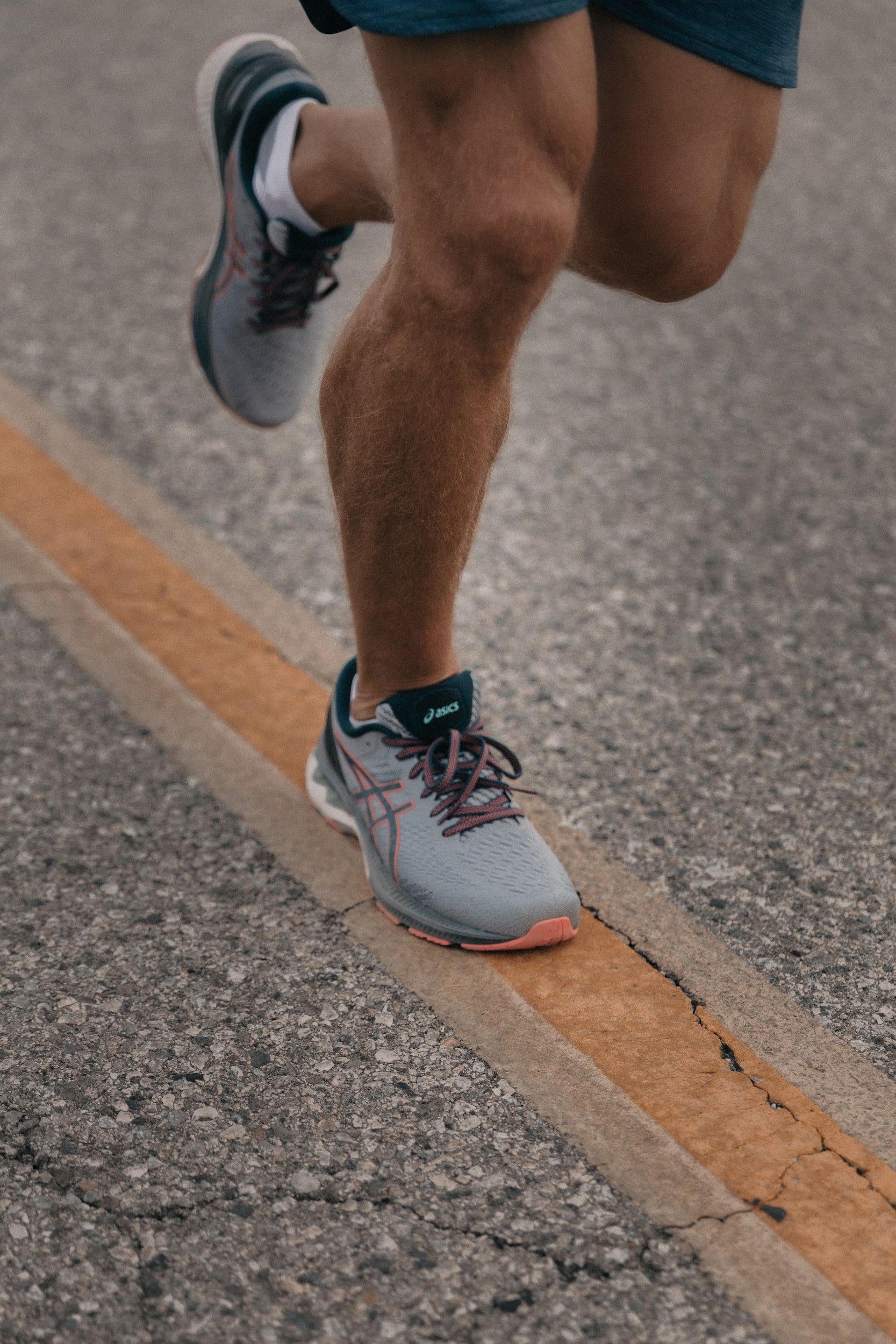
Tibialis Posterior Pain
Have you ever had pain in your foot while running? Does this pain get worse as you run until you eventually have to stop? Well then, you may have an injury of your tibialis posterior. Foot pain in runners is very rarely down to being not flexible enough, or not foam rolling enough, or not having the most expensive shoes that the salesperson tries to convince you that you ‘need’.
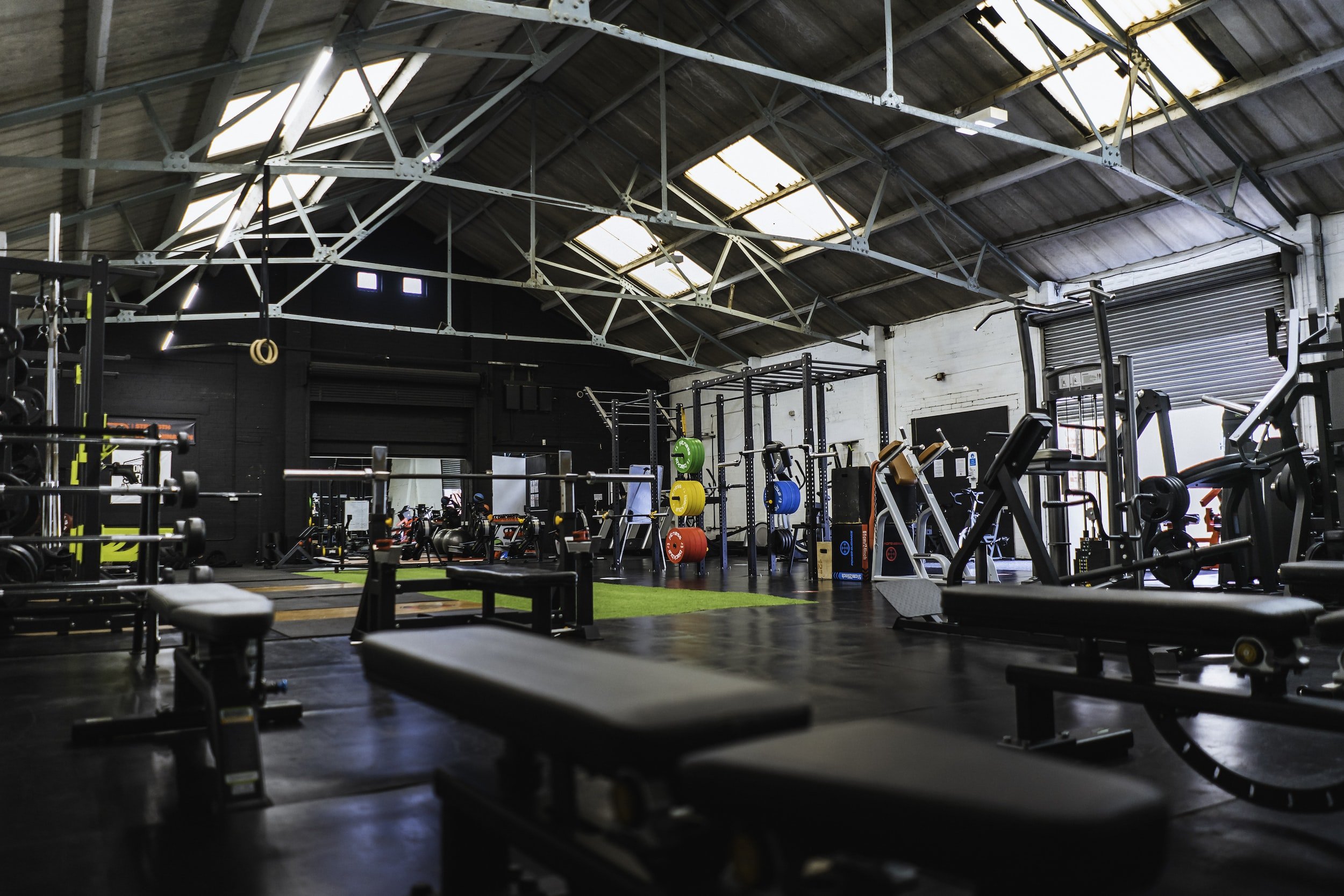
Why Physio Clinics Should Look Like Gyms
At MVMNT Physiotherapy, we pride ourself in being a specialist musculoskeletal (or MSK for short) clinic. We treat patients who have all types of MSK injuries, ranging form total knee replacements to sports-specific injuries. Our belief is that a specialist MSK clinic should look more like a gym than a GP clinic, and we will discuss a few reasons why.
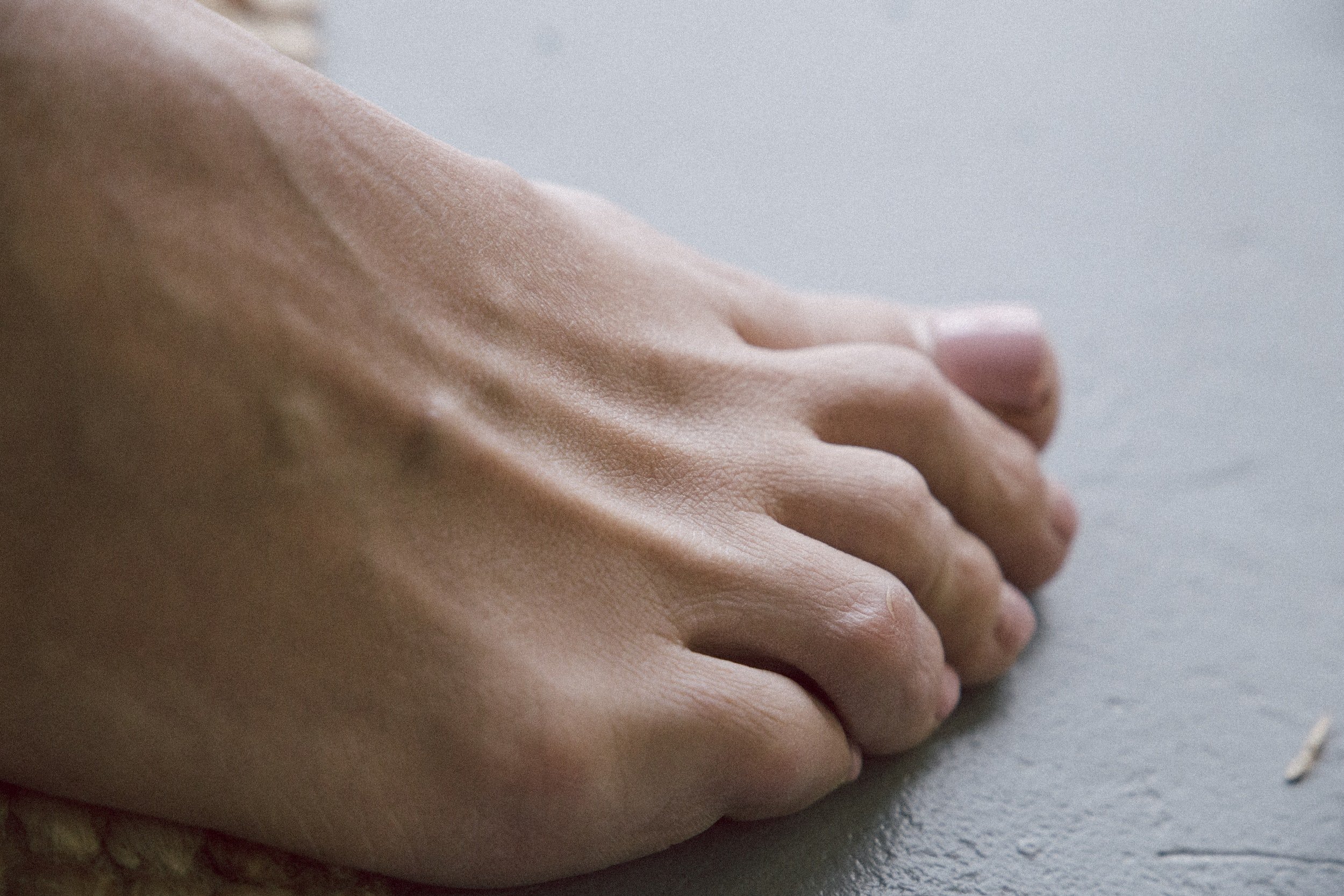
Morton’s Neuroma
Morton’s Neuroma describes a painful condition in the forefoot, and can be quite tough to treat and manage. Morton’s Neuroma is a pathology of the interdigital nerve between either the 2nd and 3rd toe, or between the 3rd and 4th toe. It is really important with this condition to educate patients on how they can manage symptoms, perform their normal levels of exercise, and if necessary, seek intervention via an Orthopaedic Consultant.
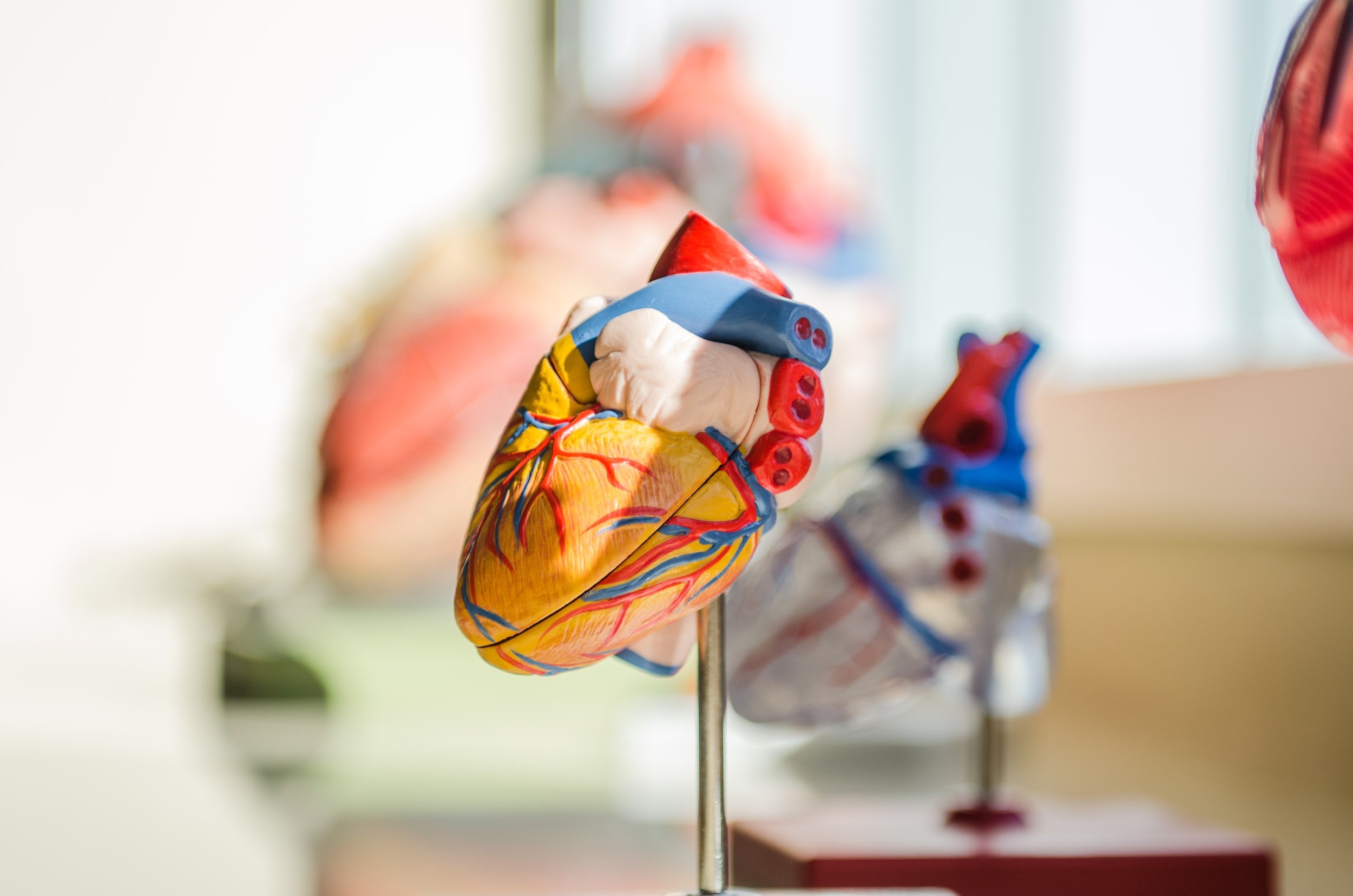
The Basics of Cardio
Cardiovascular Training or ‘Cardio’ as most of us call it, is the process of increasing our heart rate through exercise for a sustained period of time. The goals for cardiovascular training differ dependent on the individual’s personal aims, which can include; improving your general cardiovascular health, help to aid weight loss, improve athletic performance, stress relief, or a combination of these. In this blog, we will briefly explain the science of cardio.
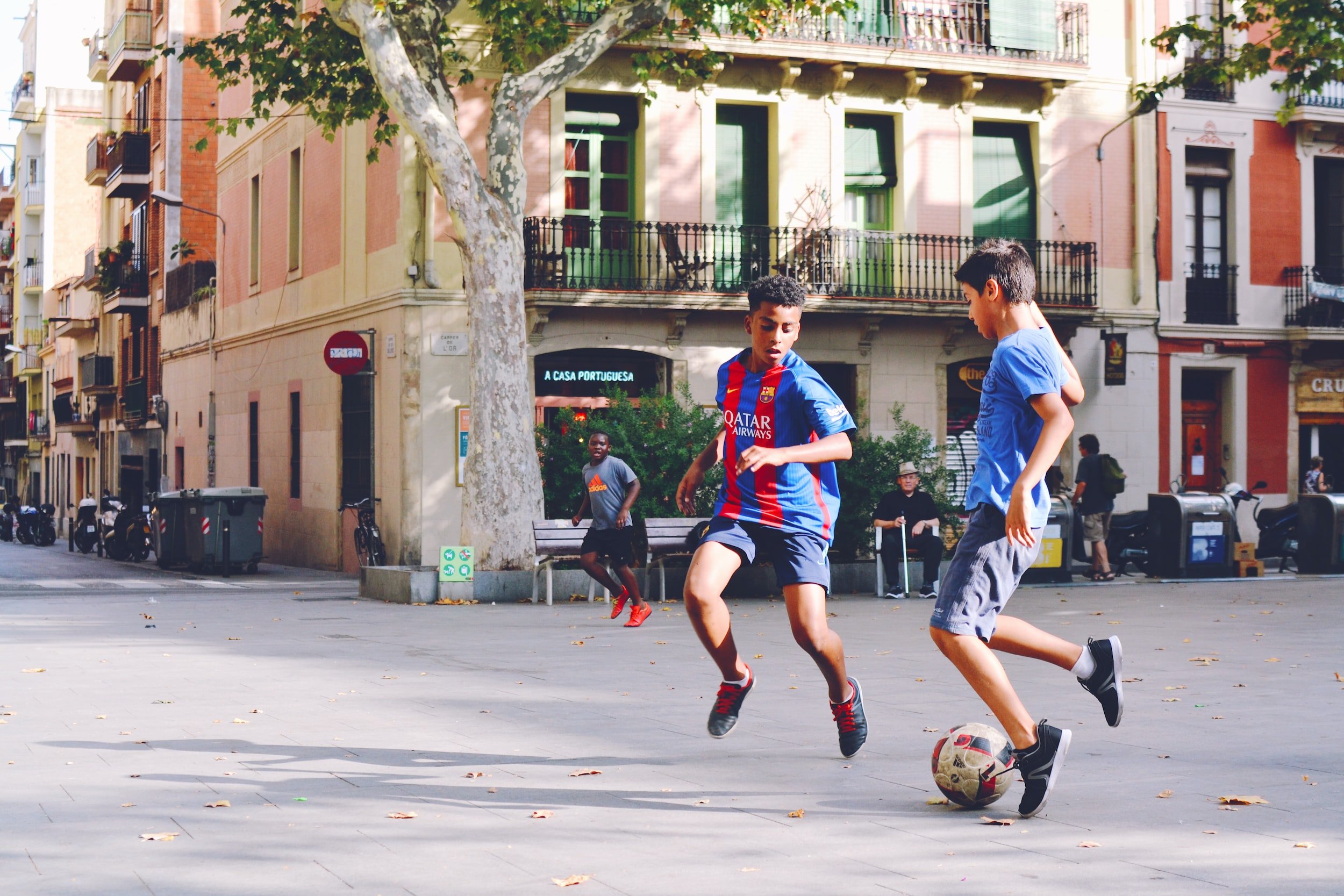
Osgoods Schlatter’s Disease
Has your active teenager suddenly started to get knee pain both during and after sporting activities? Then they may be suffering with Osgoods Schlatter’s Disease. This injury is related to an injury of the anterior knee, and is usually seen in active children during their growth spurt.
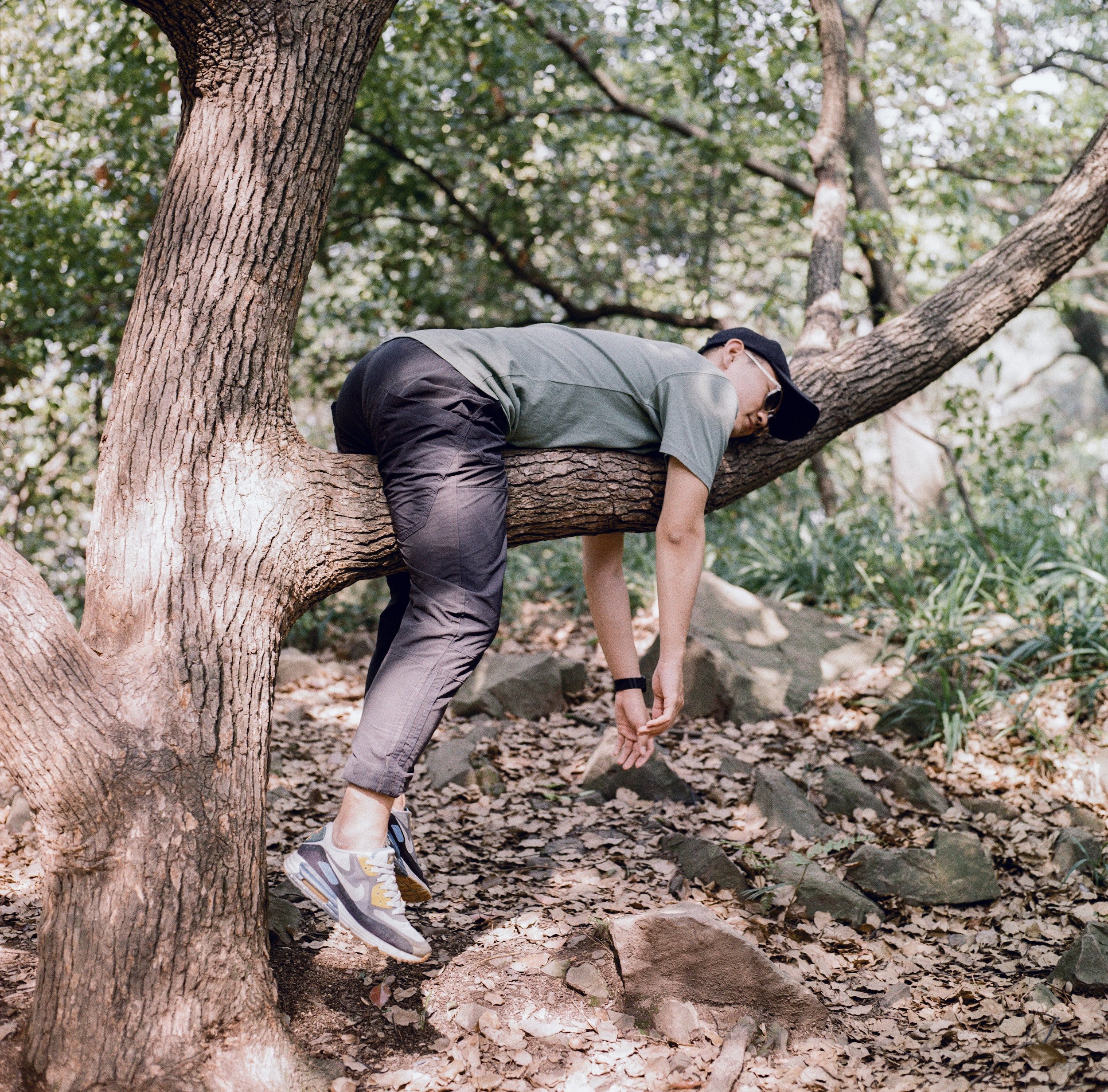
Why Resting Doesn’t Fix Your Injury
Have you ever injured yourself and though to yourself, ‘maybe if I just rest for a month then my injury will fix itself’? Did it work? In some cases, we have a bad accident such as a fall, or a bad tackle in football. These weren’t necessarily your fault, and your current strength, fitness, control, or body composition was unlikely to blame. In these cases, resting for a few days, or even a week or two may get you over the injury and you’ll be back to your normal life in no time at all. However, if you get injured while running, jumping, lifting, changing direction, or have a non-contact injury in sport, then rest may not be for you.
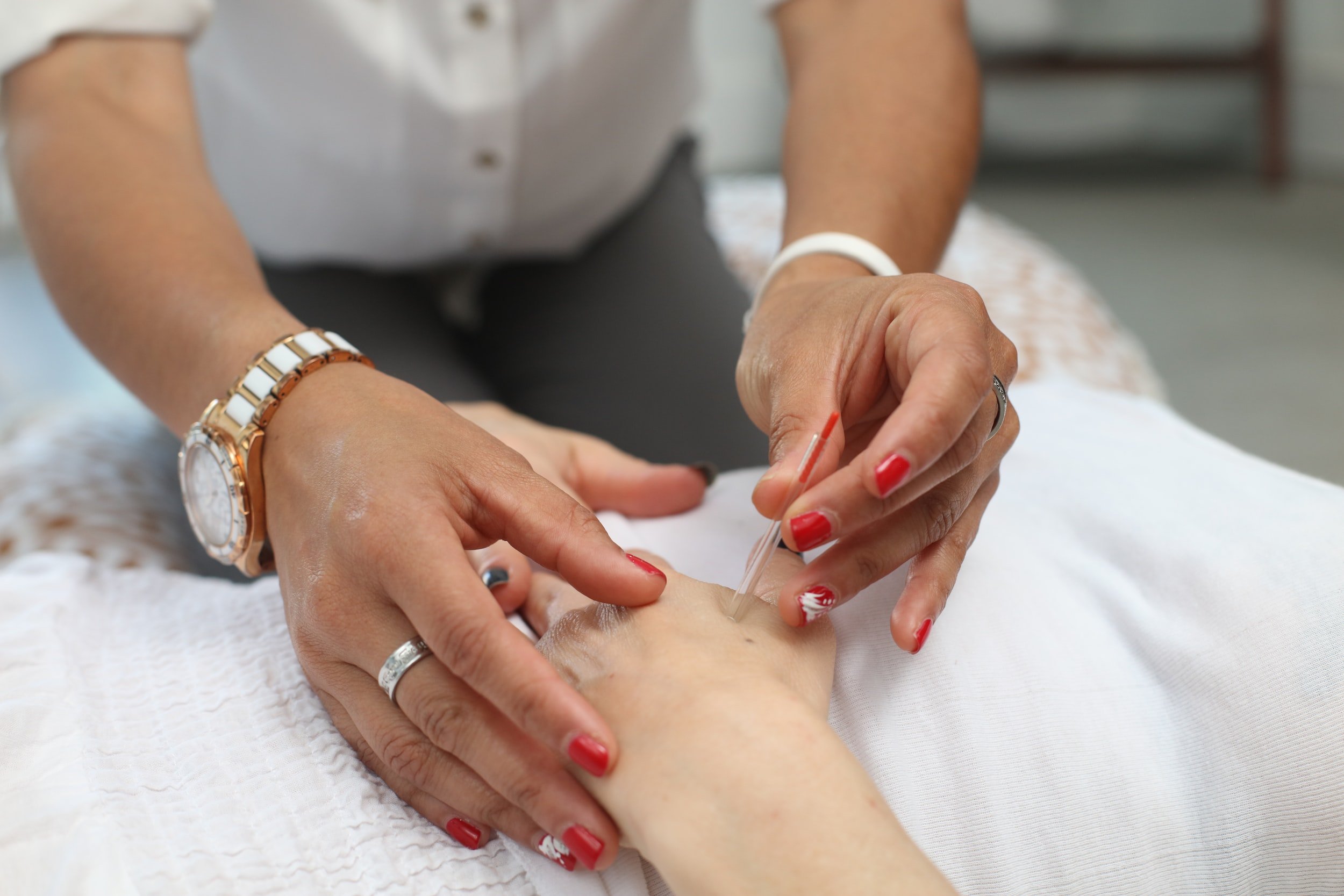
‘Will Acupuncture Fix My Injury?’
In the fields of beauty, fitness, and healthcare, the use of needles has a variety of uses, and are backed by a number of claims. Some practitioners will claim it can cause you to relax, while others will use it to help treat an injury. Although going by a number of different names including dry needling and acupuncture, the technique is generally the same. Although the qualifications of practitioners vary greatly, the evidence behind the ‘skill level’ required isn’t very strong.
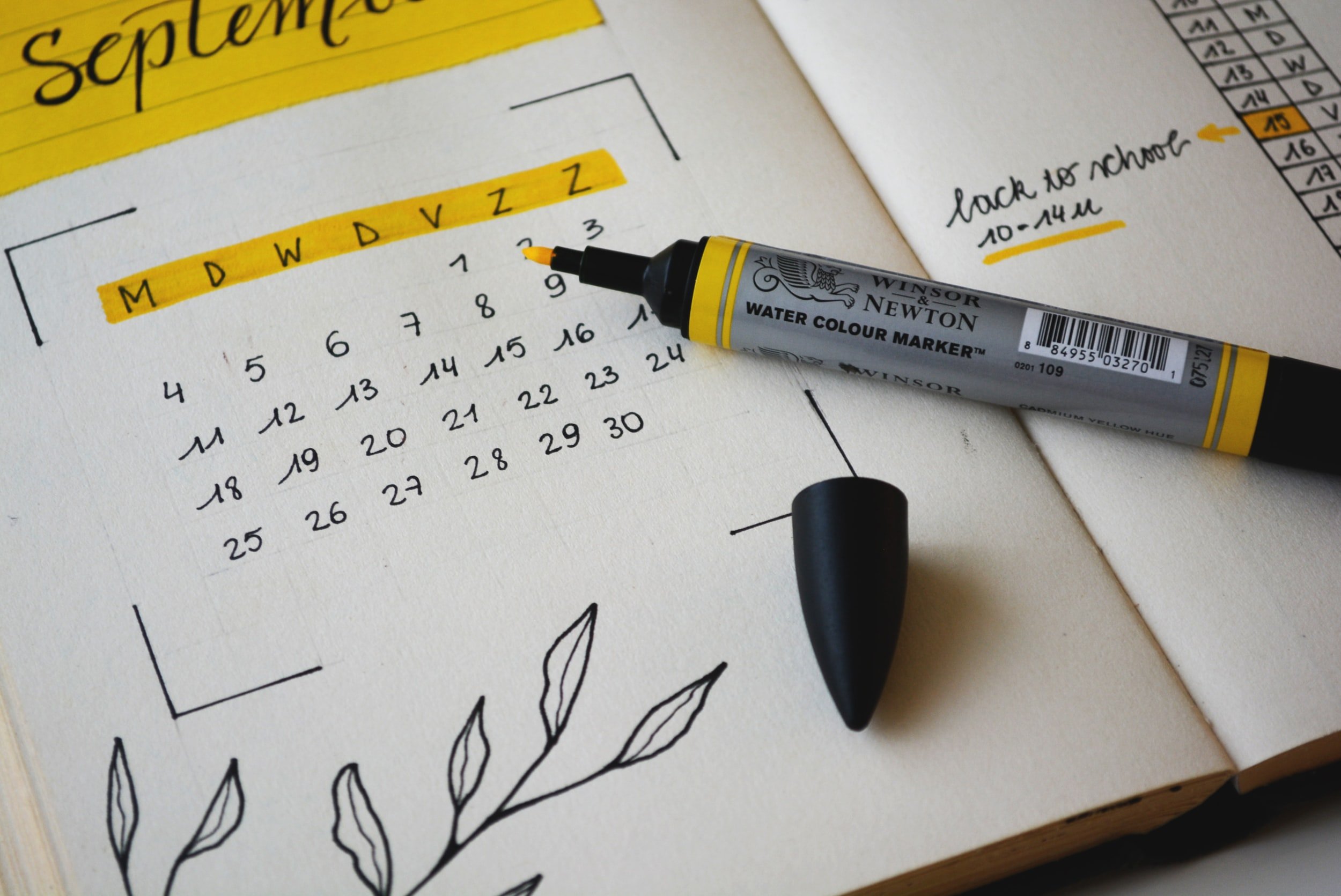
How Often Should I Do My Rehab?
So you’ve had an injury, gone to see your physio, and had a long discussion about what your recovery entails. You’ve had the injured joint or tissue assessed, and as in many cases, requires active rehabilitation to increase the area’s strength and resilience, to hopefully never get the injury again. But how often do I do them? Once a week? Every day? Three times a day? In this blog post, we will give an overview of what your rehab may look like.
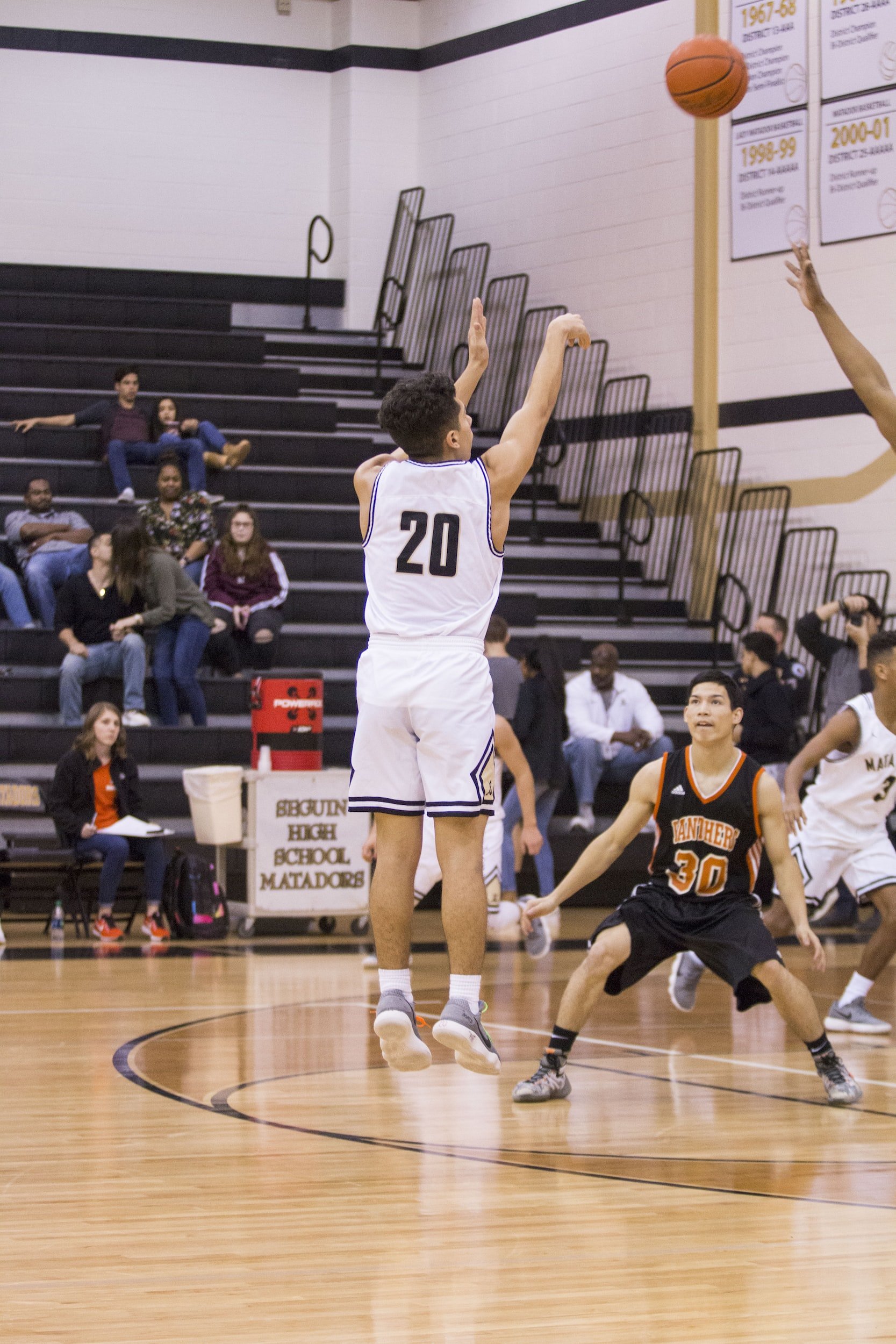
Jump Testing in Rehab
In the rehabilitation of most lower limb injuries, jump testing is important in tracking the progression of the legs ability to produce and absorb force. The results of this testing can be quite important in return to sport decision making. Particularly in knee injuries, jump testing is often overlooked, and patients are told to return to sport with a significant risk of re-injury.

5 Reasons Your Rehab Professional Is Stealing From You
There are numerous avenues to receive physiotherapy care in the UK. You may be receiving physiotherapy via the NHS, through self-pay private physiotherapy, Insurance-backed physio (eg. AXA and BUPA), or via your sports team’s physiotherapist. Although most physiotherapists have your best interests at heart, unfortunately there is a dark side of the physio world where profits and quotas are valued higher than your recovery from injury. here are a few things to look out for when deciding where you get your physio care.

Patellar Tendinopathy
The patella tendon is an important connective tissue in the front of your knee. Technically, the patella tendon is a ligament (connecting bone to bone) rather than a true tendon (attaching a muscle to a bone). The patella tendon attaches the bottom our your patella (kneecap) to your tibia (shin bone). The patella tendon is commonly injured in those who run, or jump as part of their sport or weekly activities. In some textbooks and amongst the general public, patella tendon pain is sometimes referred to as ‘Jumper’s Knee’.
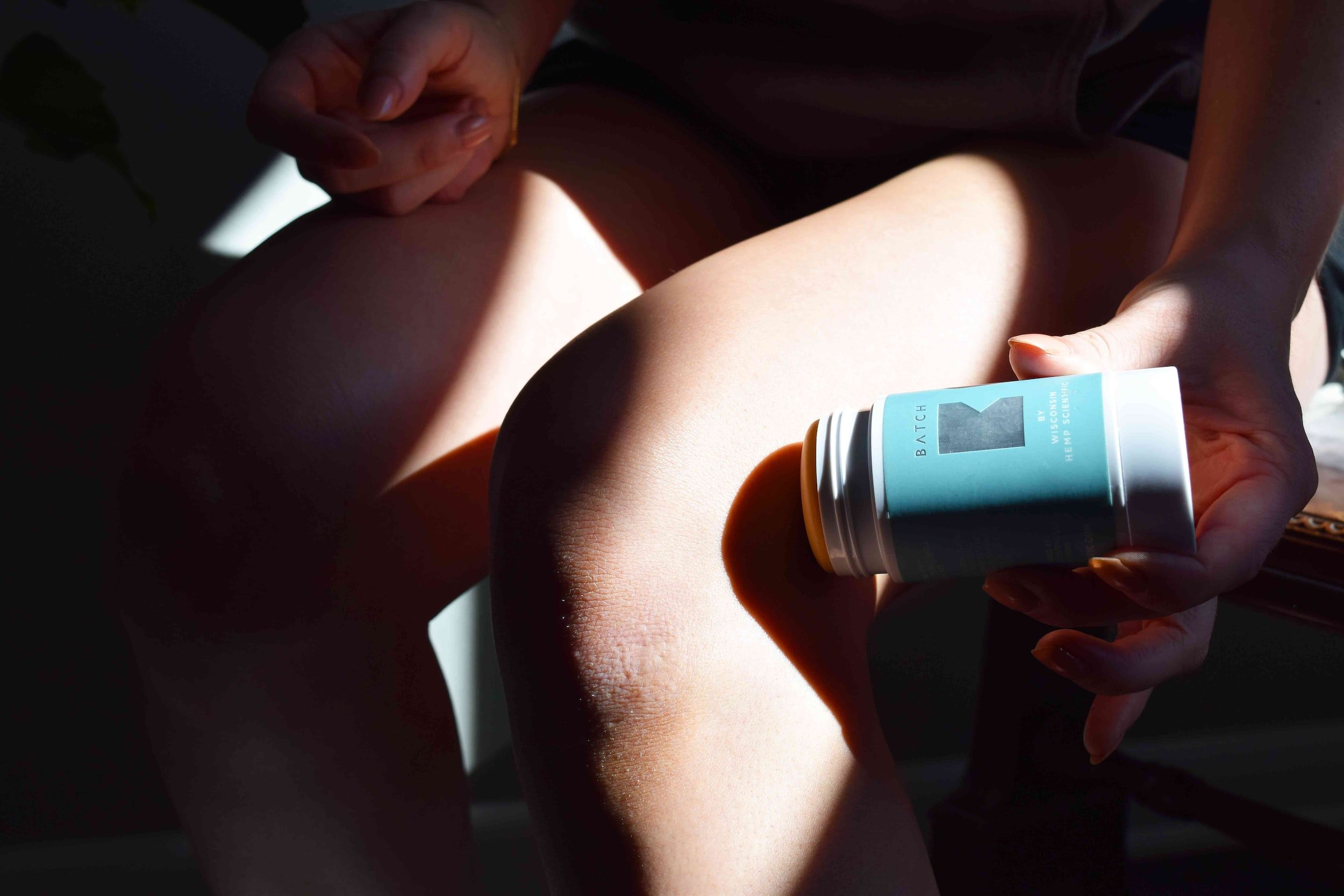
ITB Syndrome
The iliotibial band (ITB) is a long tissue made of fascia, that runs along our lateral thigh. It is formed by two muscles: tensor fascia late, and gluteus maximum, both combining in the upper lateral thigh, and the ITB then attaches to Gerdy’s tubercle, which is on the lateral side of the tibia (our knee joint). The ITB is commonly injured in those that run either as their activity, or as part of their sport. It can also be present in people who do lots of jumping such as seen in HIIT classes, or F45/CrossFit-type classes.
